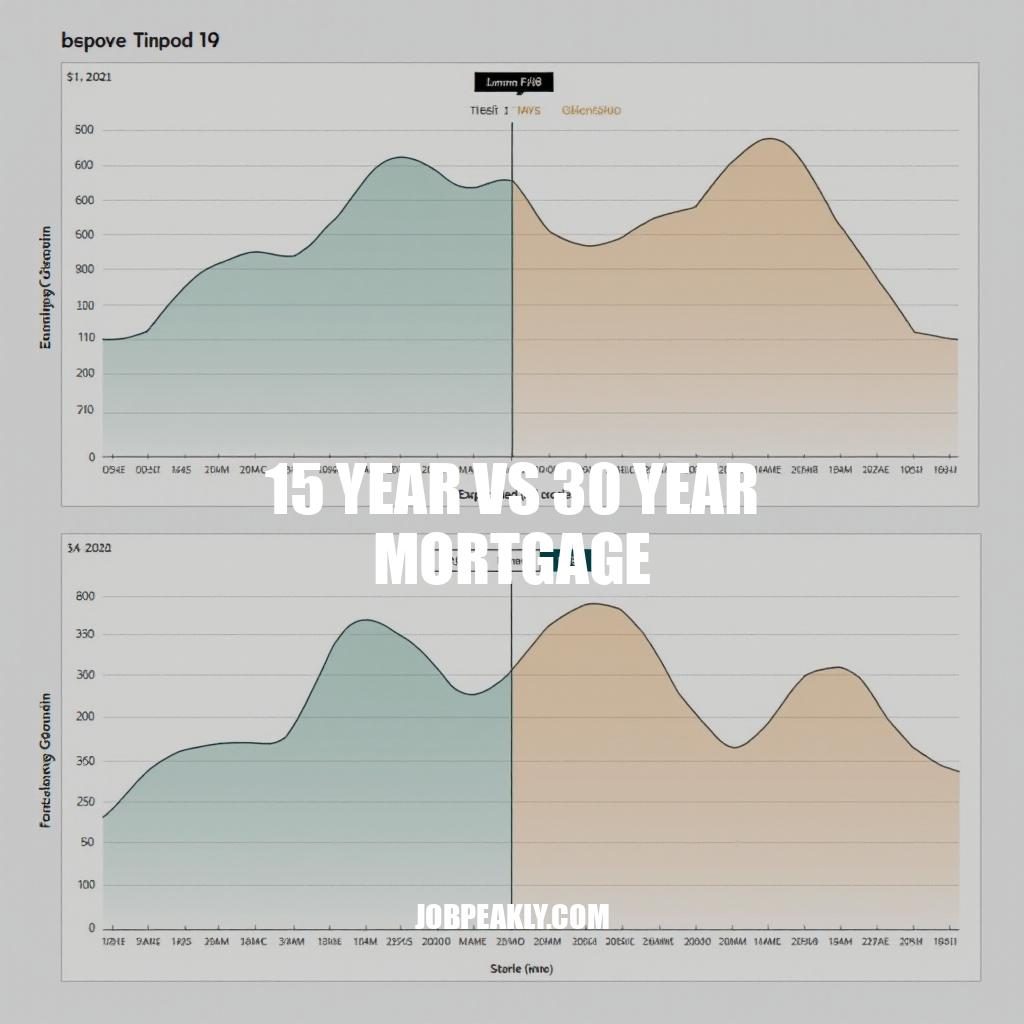
When it comes to mortgages, the choice between a 15-year and a 30-year loan term can have big effects on your finances. The main difference is how long you take to pay off the loan: 15 years is half the time of 30 years. This means lower interest payments overall, but higher monthly payments.
On the other hand, a 30-year mortgage has lower monthly payments, making it easier to own a home, but you’ll end up paying more in interest over time because you’re taking longer to pay off the loan.
Comparison of Benefits and Drawbacks
Long-Term Cost Savings
-
A 15-year mortgage typically results in lower long-term costs compared to a 30-year mortgage. This is because the shorter term allows less time for interest to accrue.
-
A 30-year mortgage, while costing more in the long run, frees up additional funds monthly that could potentially be invested elsewhere for future gains.
Total Interest Paid
-
The interest paid on a 15-year mortgage is significantly less than on a 30-year mortgage because of the shorter repayment term and generally lower interest rates.
-
For a 30-year mortgage, the extended repayment term leads to higher total interest, even if the monthly payments are smaller.
Financial Flexibility
-
The monthly payments for a 15-year mortgage are notably higher, which can restrict financial flexibility for borrowers, leaving less room for saving or unexpected expenses.
-
The 30-year mortgage offers lower monthly payments, which provides greater financial flexibility, accommodating savings, emergency funds, or other financial priorities.
Balancing the choice between these two options depends heavily on individual circumstances, such as financial stability, long-term goals, and risk tolerance. Both mortgages have distinct benefits and drawbacks tailored to different financial needs.
Choosing Between a 15-Year vs 30-Year Mortgage
When considering a 15-year vs 30-year mortgage, it’s essential to weigh the pros and cons of each option. A 15-year mortgage offers lower long-term costs due to less time for interest to accrue, but comes with higher monthly payments that may restrict financial flexibility. On the other hand, a 30-year mortgage has lower monthly payments, providing greater financial flexibility, but results in higher total interest paid over time.
Factors to Consider
-
Income stability: If you have a stable income and can afford higher monthly payments, a 15-year mortgage may be a good option. However, if you’re on a tight budget or have variable income, a 30-year mortgage might provide more flexibility.
-
Future planning: If you plan to stay in the same home for an extended period, a 15-year mortgage could save you thousands of dollars in interest payments. But if you expect to move or refinance your loan soon, a 30-year mortgage may be a better choice.
-
Risk tolerance: If you’re risk-averse and prioritize financial security, a 15-year mortgage with lower long-term costs might be the way to go. However, if you’re willing to take on more debt and invest in other assets, a 30-year mortgage could provide greater flexibility.
Make an Informed Decision
Ultimately, it’s crucial to assess your individual circumstances, including your income, expenses, savings goals, and risk tolerance, before making a decision. It may also be helpful to consult with a financial advisor or mortgage expert to determine which mortgage option is best for you.


